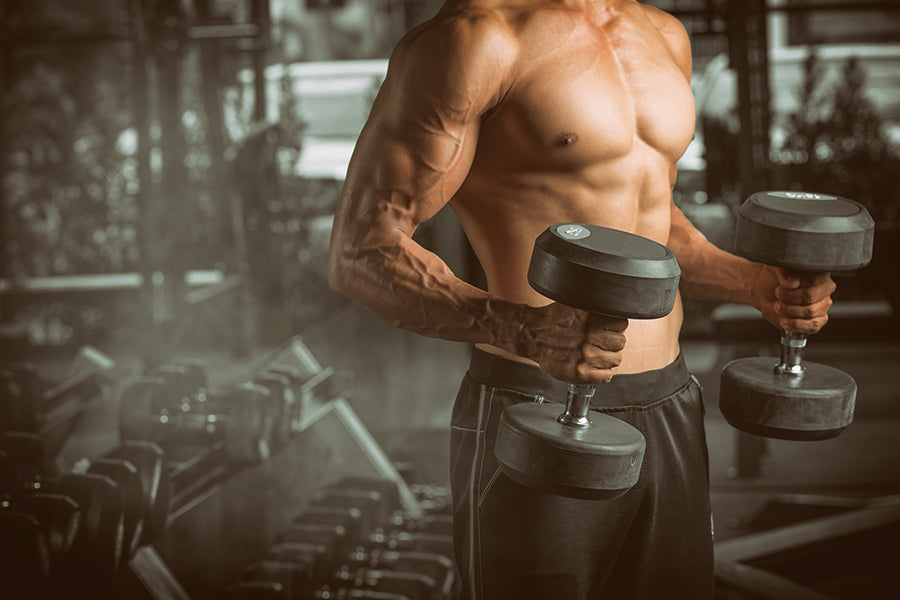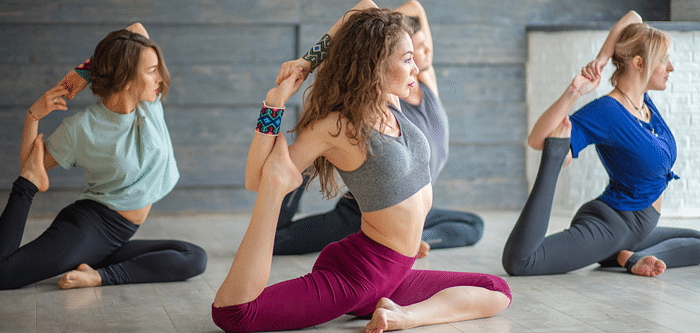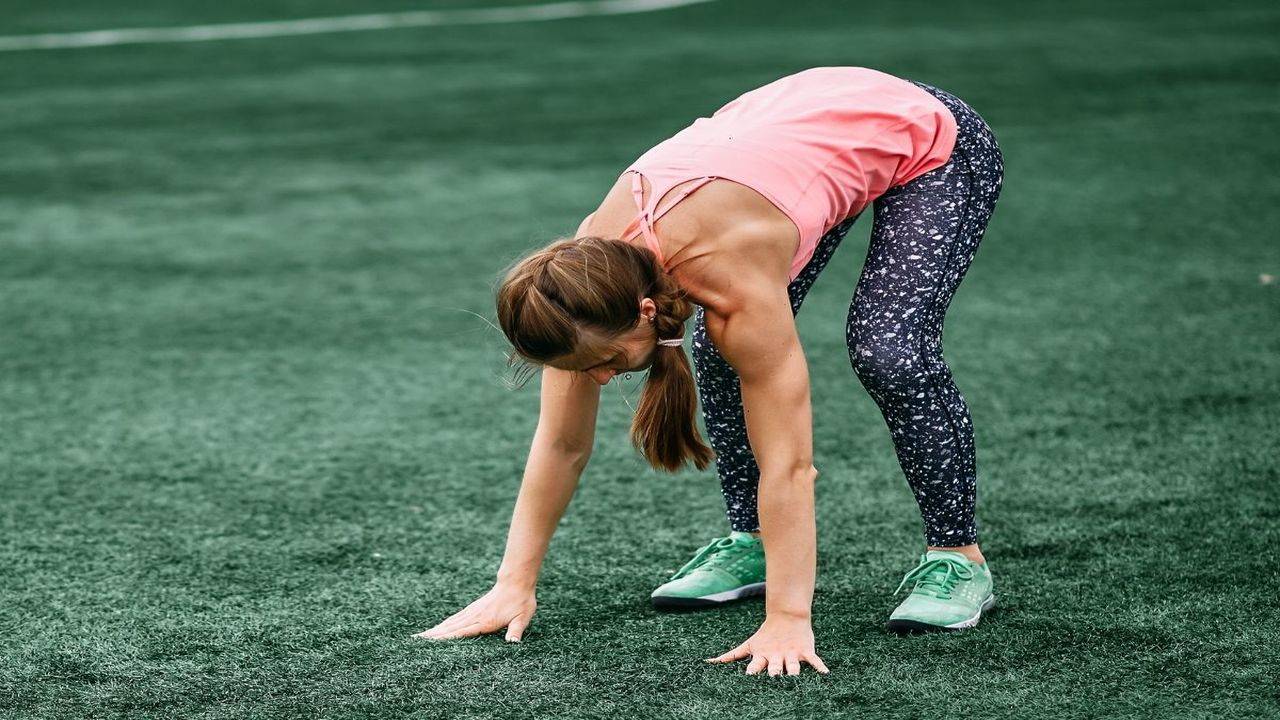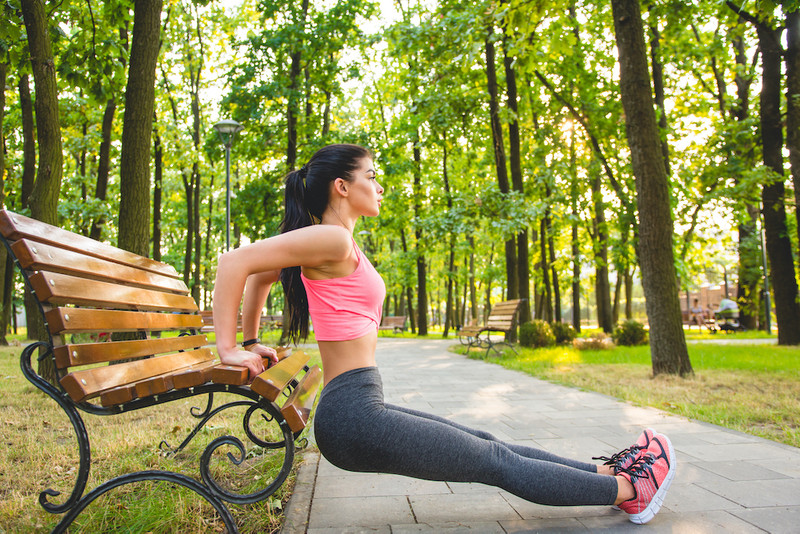Yoga is a journey, not a race. As your strength, balance, and body awareness grow, you may feel called to explore more advanced postures. These poses challenge your limits, both physically and mentally. But they also reward you with a deeper connection to your practice. In this guide to 8 Advanced Yoga Poses to Work Towards, we’ll explore powerful shapes that test your patience, focus, and discipline.
These poses aren’t just about flexibility or looking impressive. They build core strength, increase mental resilience, and teach you to trust your body. Whether you’re an experienced yogi or someone moving beyond the basics, these poses can serve as meaningful goals on your mat.
Be patient with yourself. Use props, warm up thoroughly, and listen to your body. Mastery is not the goal. Progress and awareness are.
Why Work Towards Advanced Yoga Poses
Advanced yoga poses push you beyond your comfort zone in healthy ways. They require full-body control, deep breathing, and sharp focus. They also teach humility and remind you that the process is more important than the final form.
Benefits of advanced yoga practice:
- Improves balance and core strength
- Enhances shoulder and hip mobility
- Builds body confidence
- Sharpens concentration and breath control
- Deepens your overall yoga experience
These poses are not for beginners, but they’re not out of reach. With consistent practice, you’ll move closer each day.
1. Crow Pose (Bakasana)
Crow is often the first arm balance many yogis try. It strengthens your wrists, arms, and core while building focus and confidence.
How to do it:
- Start in a squat with hands on the floor, shoulder-width apart
- Place knees on the backs of your upper arms
- Shift forward onto your hands and lift your feet off the ground
- Keep your gaze forward and core tight
Hold for 10 to 20 seconds.
Why it’s advanced: Requires balance, wrist strength, and mental focus
Tip: Place a cushion in front of you if you’re afraid of falling.
2. Headstand (Sirsasana)
Known as the king of yoga poses, the headstand flips your world upside down. It boosts circulation and sharpens your awareness.
How to do it:
- Interlace your fingers and create a triangle base on the mat
- Place the crown of your head between your hands
- Walk your feet in and slowly lift your legs, one at a time
- Engage your core and keep your body aligned
Hold for 30 seconds to 1 minute.
Why it’s advanced: Involves balance, alignment, and neck safety
Tip: Use a wall for support until you feel steady on your own.
3. Forearm Stand (Pincha Mayurasana)
Forearm stand requires serious shoulder strength and core control. It’s a powerful inversion that builds grace and stability.
How to do it:
- Place forearms on the mat shoulder-width apart
- Kick up one leg at a time into an inverted position
- Keep your core engaged and legs strong
Hold for 10 to 30 seconds.
Why it’s advanced: Demands strong shoulders and balance
Tip: Practice dolphin pose regularly to prep for this inversion.
4. Wheel Pose (Urdhva Dhanurasana)
This deep backbend opens the chest and shoulders while strengthening the legs, arms, and spine.
How to do it:
- Lie on your back, bend your knees, and place feet hip-width apart
- Place your hands beside your head, fingers pointing toward shoulders
- Press into your hands and feet to lift your body off the ground
Hold for 5 to 10 breaths.
Why it’s advanced: Intense back and shoulder flexibility required
Tip: Warm up with bridge pose first to ease into the full expression.
5. Firefly Pose (Tittibhasana)
This challenging arm balance tests your flexibility, focus, and inner fire. It works your hips, hamstrings, and upper body all at once.
How to do it:
- Start in a deep squat and wedge your shoulders behind your thighs
- Place your hands on the floor behind your feet
- Lift your hips and extend your legs forward while balancing on your hands
Hold for a few breaths.
Why it’s advanced: Requires open hips and strong arms
Tip: Keep the core tight and gaze forward to maintain balance.
6. Eight-Angle Pose (Astavakrasana)
This elegant arm balance involves twisting, core activation, and arm strength. It teaches control and builds total body awareness.
How to do it:
- From a seated position, hook one leg over your arm
- Place hands on the ground and lift your hips
- Cross your ankles and extend legs to the side
Hold for 10 to 15 seconds.
Why it’s advanced: Combines balance, twist, and core strength
Tip: Master core engagement and seated twists first.
7. King Pigeon Pose (Eka Pada Rajakapotasana)
This deep hip opener and backbend is both beautiful and intense. It requires open quads, strong shoulders, and a flexible spine.
How to do it:
- Begin in pigeon pose with one leg extended back and the other bent forward
- Reach back to grab the foot of your extended leg with both hands
- Lift the chest and draw the foot toward your head
Hold for 5 to 10 breaths.
Why it’s advanced: Deep hip, quad, and spine flexibility needed
Tip: Use a strap to bridge the gap if you can’t reach your foot.
8. Handstand (Adho Mukha Vrksasana)
Handstands build body awareness, upper body strength, and incredible focus. They’re energizing and deeply rewarding.
How to do it:
- Place hands on the mat shoulder-width apart
- Kick up into a handstand using a wall for support
- Engage your core and stack shoulders over wrists
Hold for a few seconds and build over time.
Why it’s advanced: Demands strength, balance, and full-body coordination
Tip: Work on wrist strength and wall drills before going freestanding.
Quick Reference
| Pose Name | Primary Focus | Challenge Level | Key Benefits |
|---|---|---|---|
| Crow Pose | Balance, core | Moderate | Builds confidence and control |
| Headstand | Inversion, balance | High | Boosts circulation, focus |
| Forearm Stand | Core, shoulders | High | Builds strength and stability |
| Wheel Pose | Backbend, full-body | Moderate-High | Opens chest and strengthens legs |
| Firefly Pose | Hips, arms, balance | High | Increases flexibility and power |
| Eight-Angle Pose | Twist, core | High | Deepens coordination and focus |
| King Pigeon Pose | Hips, spine | High | Opens heart and hips deeply |
| Handstand | Balance, upper body | Very High | Full-body control and awareness |
FAQs About Advanced Yoga Poses
Are advanced yoga poses safe for everyone?
These poses should be approached with care and proper preparation. Warm up thoroughly and never force your body into a shape it’s not ready for.
How long does it take to achieve these poses?
It varies for each person. With regular practice and patience, progress will come. Some may take weeks, others may take years.
Can I use props when learning advanced poses?
Yes. Props like blocks, straps, or a wall are essential tools to help you build strength and confidence safely.
What should I do if I feel pain in a pose?
Stop immediately. Pain is a sign that something’s not right. Ease out, rest, and modify as needed.
How often should I work on advanced poses?
Start with two to three times per week. Always follow with gentle stretches or restorative poses to avoid burnout.
Tips for Progressing Toward Advanced Poses
- Warm up thoroughly before every session
- Practice foundational poses consistently
- Strengthen your core and wrists regularly
- Breathe deeply and stay calm, even when it’s hard
- Be patient with your progress
Working towards advanced yoga poses is about so much more than physical ability. It’s about courage, discipline, and learning to trust your own body.
The Bottom Line
These 8 Advanced Yoga Poses to Work Towards are not the destination. They are part of a lifelong journey of self-discovery and personal growth. Every attempt teaches you something. Every wobble, fall, or breakthrough brings you closer to your own power.
Approach these poses with humility and love. Enjoy the process, celebrate the small wins, and always come back to your breath.
:quality(85):upscale()/2023/01/11/872/n/1922729/7d7dcc8963bf148fa66541.00739793_.jpg)









